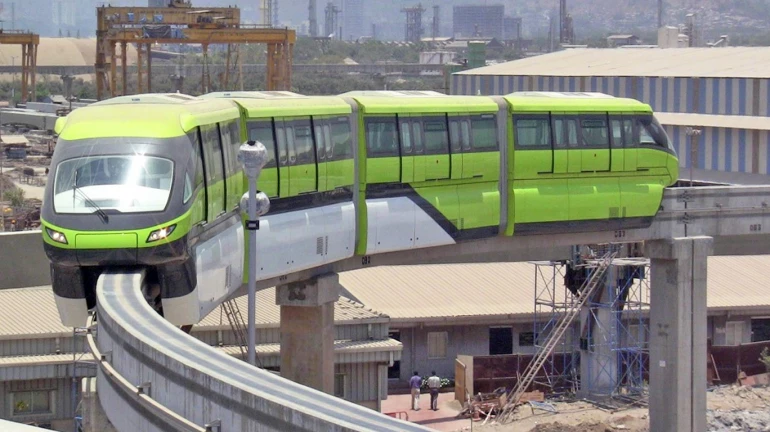
Two new rakes of the Mumbai Monorail, which had remained idle at the Wadala depot for nearly eight months, are being prepared for induction into the operational fleet. With their entry, the number of active trains on the 20-kilometre corridor between Chembur, Wadala, and Sant Gadge Maharaj Chowk will rise to seven.
For the past four months, only five trains had been in service, while three others were withdrawn for compatibility testing with newly supplied equipment and software. The two rakes to be deployed were part of this modernised batch provided by Hyderabad-based Medha Servo Drives. A third rake from the same manufacturer is scheduled to arrive in November.
Although the new trains have been built with more advanced features than the existing decade-old fleet, they are required to be retrofitted. The retrofitting process, which is essentially a downgrading exercise, is being carried out to align the new technology with the older signalling and engineering systems still in use. Officials from the Maha Mumbai Metro Operation Corporation Ltd (MMMOCL), a subsidiary of the MMRDA, confirmed that this process is expected to be finished by early September. Following this, clearance from the Commissioner of Metro Railway Safety will be sought, after which state government approval will be necessary before passenger service begins.
The introduction of two additional trains has been projected to reduce waiting times, control overcrowding, and enhance the overall efficiency of services. Current headways of 20 minutes, often stretching to 25 minutes due to incidents, are expected to be shortened to 15 minutes. Officials expressed confidence that the move would ease congestion on both trains and platforms.
In the long run, ten new rakes are planned for the monorail system, of which seven have already been delivered. At present, 142 services are scheduled each weekday, with each train covering about 350 kilometres daily between 5.48 am and 11 pm. However, frequent breakdowns and insufficient rolling stock have meant that these targets are not consistently met.
Passenger safety and regulation have been brought into sharper focus after the August 19 incident when a train carrying 582 passengers was stuck on the tracks. A standard operating procedure has since been introduced to limit excessive loading. This measure, while aimed at safety, has caused fresh delays as excess passengers are being made to deboard at stations, leading to stoppages of 10 to 15 minutes.
Each four-car train in the existing fleet has been designed to carry 562 passengers, whereas the new rakes can carry 600. Daily ridership has been reported at 16,000 to 18,000, with Lower Parel, Chembur, Wadala, and Mysore Colony among the busiest stations. Plans are also being made to introduce WhatsApp ticketing, while a private operator is to be appointed under a five-year, ₹300-crore contract for overall operations and maintenance.
Meanwhile, accountability measures have been initiated following the twin incidents on August 19, when heavy rains left 1,148 passengers stranded across two separate stoppages near Mysore Colony and Acharya Atre stations. Two officials have been suspended pending an inquiry. The first incident was attributed to overcrowding, though the cause of the second breakdown remains unspecified by the authorities.





